Optimal Seasons for Shower Installations
Shower installations are most effectively scheduled during periods of moderate weather, typically in spring and early fall. These times minimize the impact of extreme temperatures and humidity, which can affect the installation process and drying times. Proper planning ensures the work proceeds smoothly and reduces the likelihood of delays caused by weather-related issues.
Spring and early fall are ideal due to mild temperatures and lower humidity levels, which facilitate better adhesion and curing of materials.
Avoid scheduling during winter or peak summer months to prevent issues related to freezing temperatures or excessive heat, which can compromise installation quality.
Allow sufficient lead time for planning and procurement, especially before peak seasons, to ensure availability of materials and scheduling flexibility.
Climate stability during installation reduces risks of delays and material failures, ensuring a durable and long-lasting shower setup.
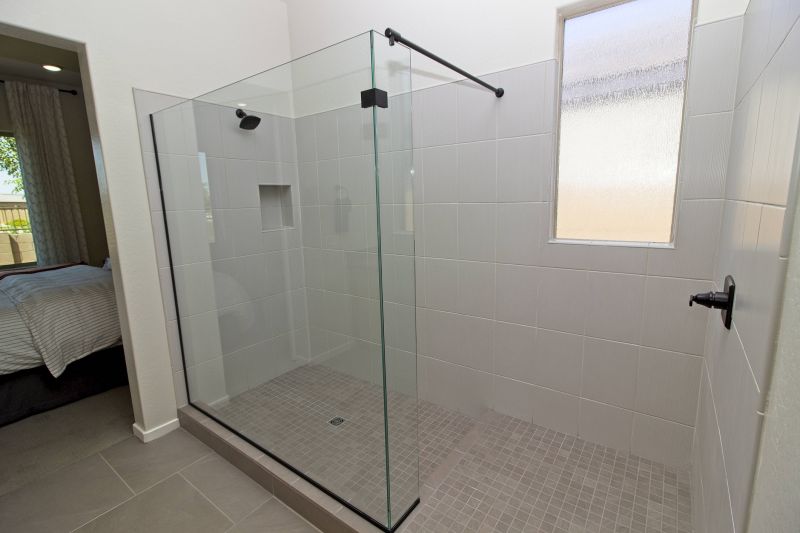
Ways to make Shower Installations work in tight or awkward layouts.
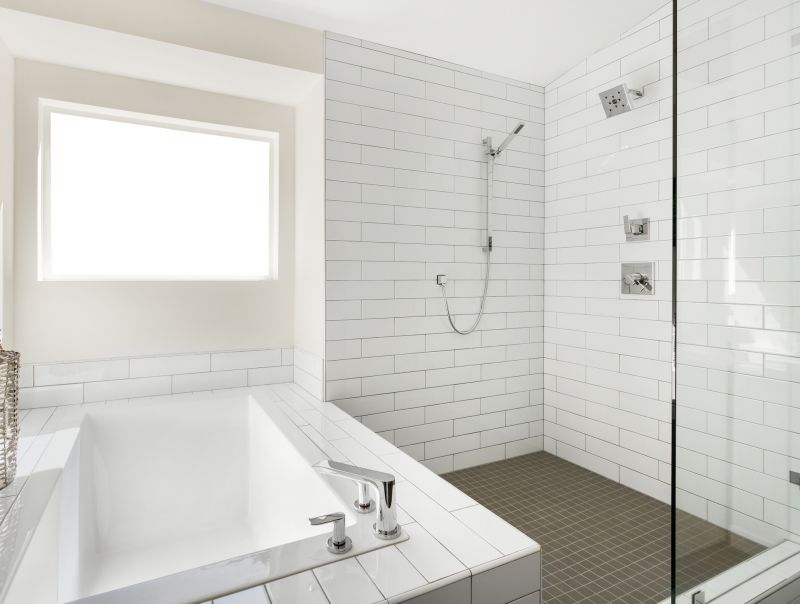
Popular materials for Shower Installations and why they hold up over time.
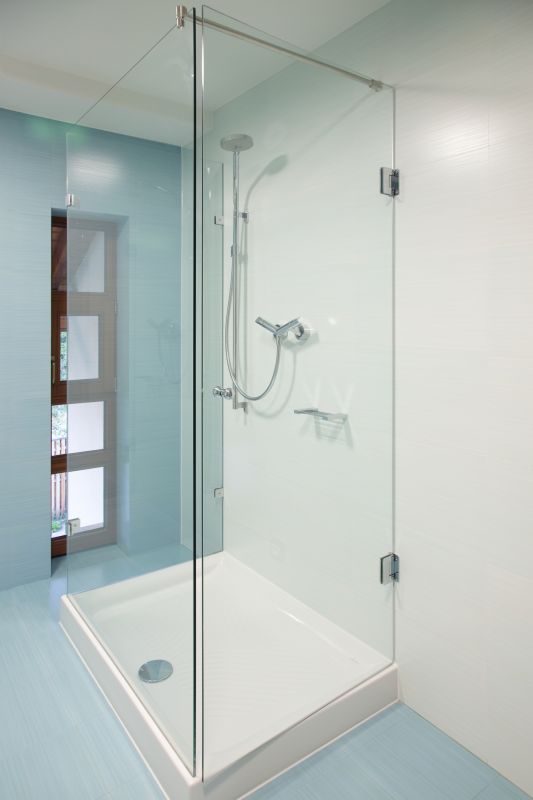
Simple add-ons that improve Shower Installations without blowing the budget.
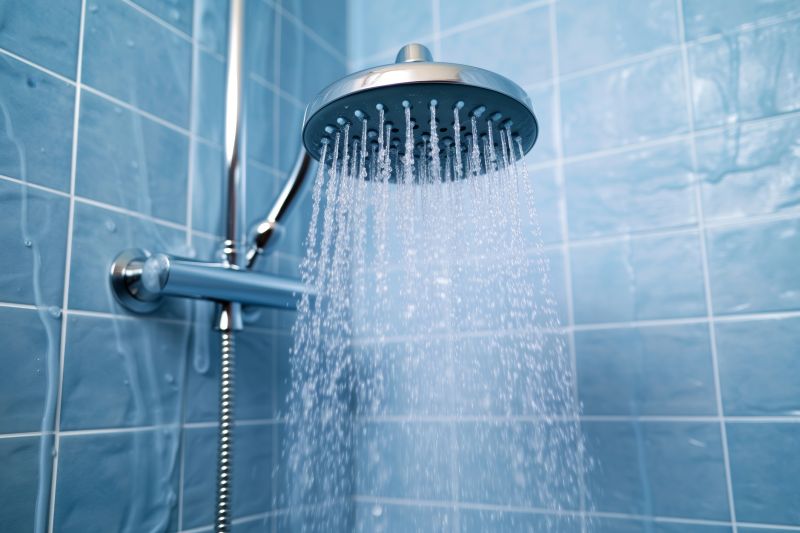
High-end options that actually feel worth it for Shower Installations.
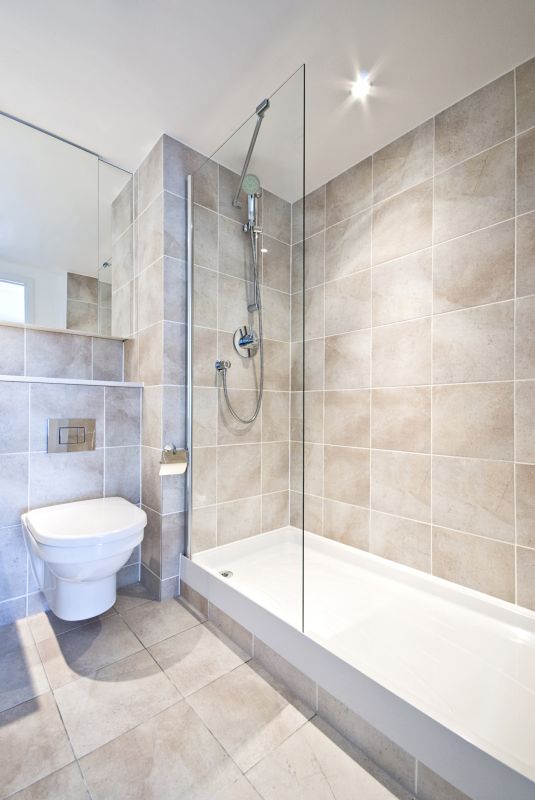
Finishes and colors that play nicely with Shower Installations.

Little measurements that prevent headaches on Shower Installations day.
| Season | Advantages |
|---|---|
| Spring | Mild weather, lower humidity, optimal for curing and adhesion. |
| Early Fall | Cooler temperatures, less humidity, ideal for installation. |
| Winter | Potential delays due to cold temperatures and freezing risks. |
| Summer | High heat and humidity can affect materials and drying times. |
Shower installations involve precise work that benefits from stable environmental conditions. Proper timing can influence the quality and longevity of the installation. Seasonal considerations are crucial for ensuring that materials set correctly and that the finished product performs as expected. Planning ahead for favorable weather conditions can lead to smoother execution and better results.

A 60-second routine that keeps Shower Installations looking new.
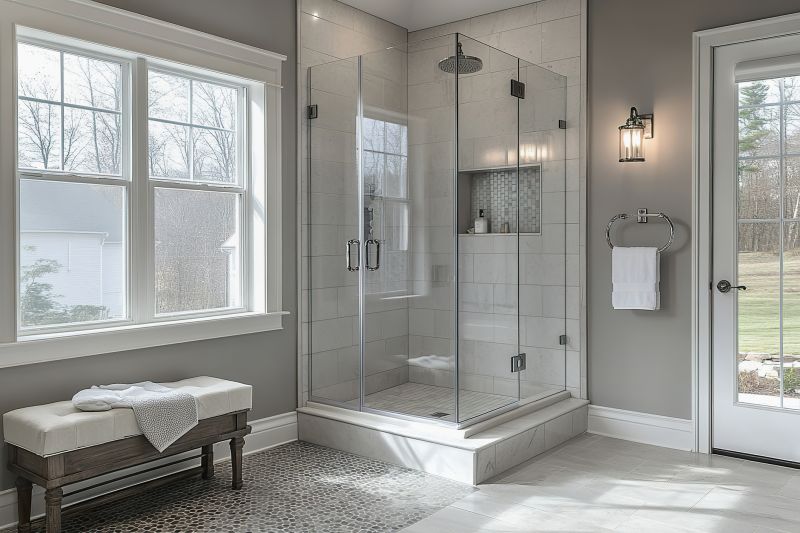
A frequent mistake in Shower Installations and how to dodge it.

Small tweaks to make Shower Installations safer and easier to use.
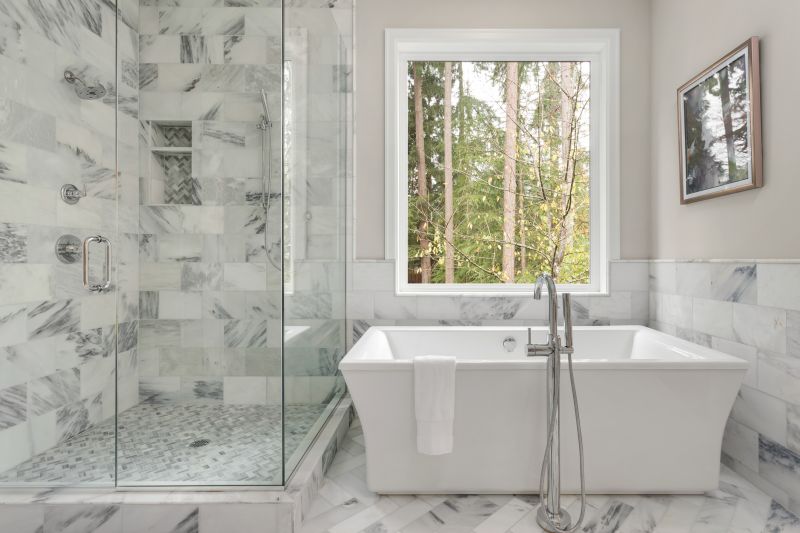
Lower-waste or water-saving choices for Shower Installations.
The duration varies depending on the complexity, but generally it takes between one to three days.
Yes, but scheduling during mild weather months is recommended to ensure optimal conditions.
Weather, material curing times, and project complexity are key factors.
Yes, installing during spring or fall can reduce weather-related delays and material issues.









